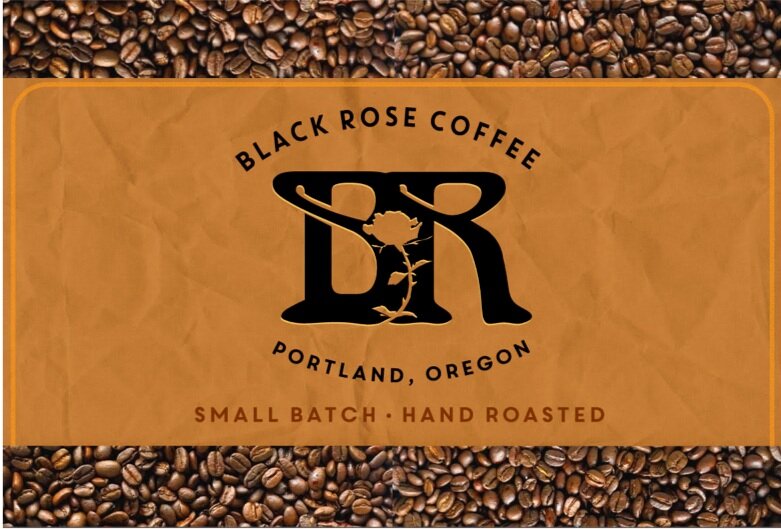5 Myths About Coffee
Dark Roast = More Caffeine
What is “strong” coffee? For centuries, coffee as we know it has been roasted to dark and oily, associating coffee with a rich, intense brew that we drink in shots for a jolt of energy, or add fats and sugar to round into a pleasant drinking experience. It’s strong coffee flavor alright. But it’s actually less caffeinated than….light roast!
Fact is, the darker you let coffee roast, the more of its caffeine-containing oil is burned off. Beans appear oily, but there is less material inside the bean. However, dark roast is less acidic than light and features familiar inviting, roasty flavors.
2. Fine Grind = Stronger Flavor
One of the first lessons I learned about brewing the perfect cup of coffee were the “4 ‘T’s’” (“four tees”): Time Temperature Turbulence and Texture. Each brewing method has its own parameters, but none are more important than the grind. There is a right place and time for all grinds, from coarse to powder fine.
Drip brewers, pour overs, and French presses need heated water to steep in coffee as it drains into the carafe or gets plunged. It needs a coarser grind.
Espresso machines use superheated water to create pressure and extract coffee from the grounds. It needs a fine grind. If you’re extracting manually with an AeroPress or the like, water needs to flow through the filter and pulling your coffee will be extremely difficult with powdery grinds. Manual espresso requires a more coarse grind than mechanical espresso.
3. A Pound = 16oz
Roasted coffee is significantly different from the green beans that arrive at the roaster. For one, green beans are raw. Fresh picked coffee beans, even after drying and processing, still contain a lot of their original moisture.
As the beans heat up, the processes of drying and puffing begins. No matter when in the roasting process beans are released, weight has been shed. This depreciation is a fact of life in the coffee roasting world. Artisan coffee, which costs more to source than large, commercial coffee, tends to compensate for depreciation by calling 12oz “a pound”. Black Rose uses grams and kilograms - not to be snobbish - but to politely offer an alternative to depreciated pounds.
Our 350g bag is similar to the 12oz bags you’ll find on store shelves. If you want more, 500g is more than a real pound (454g) and…kilos are 2.25 real pounds.
4. Tasting Notes = Added Flavor
Early on, Black Rose’s website used visuals of the various flavor notes present in the different offerings on our menu. Black Rose featured a Costa Rican coffee at the time which featured, among others, notes of lemon, and its profile included a picture of a juicy lemon cross-section.
Then, a customer asked me a fateful question that helped change my perspective on coffee roasting and opened my eyes to the essence of what bringing out flavor is all about: So, when do you add the lemon?
The answer to this question is as complicated as it is simple: I don’t.
Beans are roasted in the country of origin and flavor notes are assigned before they go to market. I review these flavor notes to chose coffees that fit the Black Rose taste profile you love. It’s up to me as a roaster, the equipment, and technique to appropriately bring out flavor notes.
After you brew your coffee, go ahead, add whatever flavor you like!
5. Fresh Coffee = Roasted Today
Freshness is all about time. Usually, it refers to the idea that the less time between harvest or preparation, the better the product. Not with coffee, green or roasted.
Green coffee is itself dried and processed, then bagged in a climate-control polymer bag called GrainPro, and/or in traditional burlap. Proper transportation and storage conditions can keep green coffee “fresh” for months or years. It will be months from when the beans are harvested until they go to market, and longer still until it is roasted.
Then, there’s fresh roasted coffee. Once released from the roaster, residual heat continues to cook the bean for hours, up to a day! Beans continue to release gas after cooling, which is where the flavor develops. This curing process is called “off-gassing”.
It’s not that you can’t grind and brew coffee straight out of a roaster’s cooling tray, it just won’t have all of its flavor yet. The peak of fresh flavor in coffee is about 7 days after roasting!

